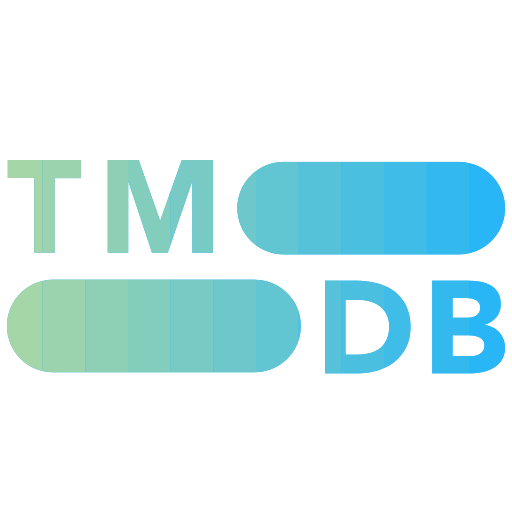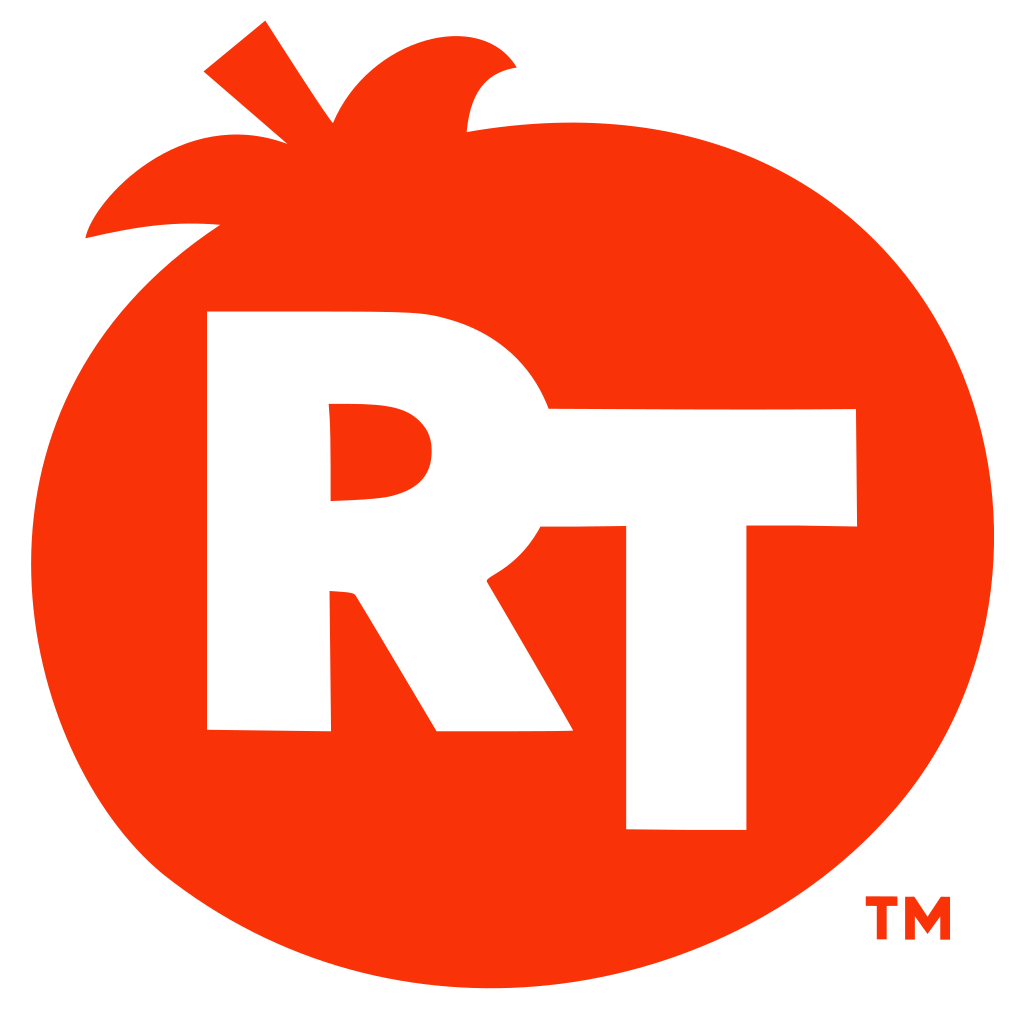Return of the Jedi (1983)

Overview
Luke Skywalker leads a mission to rescue his friend Han Solo from the clutches of Jabba the Hutt, while the Emperor seeks to destroy the Rebellion once and for all with a second dreaded Death Star....
Starring Cast
Where to watch
Bias Dimensions
Overview
Luke Skywalker leads a mission to rescue his friend Han Solo from the clutches of Jabba the Hutt, while the Emperor seeks to destroy the Rebellion once and for all with a second dreaded Death Star....
Starring Cast
Where to watch
Detailed Bias Analysis
Primary
The film's central narrative is a classic anti-imperialist and anti-authoritarian struggle, where a diverse, decentralized rebellion, including indigenous peoples, overthrows a technologically superior, oppressive empire, aligning with left-leaning themes of liberation and social justice.
The movie includes visible diversity through characters like Lando Calrissian, but its core cast and narrative structure largely adhere to traditional portrayals. The story does not explicitly critique traditional identities or center on explicit DEI themes, focusing instead on classic good versus evil and personal redemption.
Secondary
The film features Princess Leia Organa engaging in direct physical confrontations with male opponents. She is shown to be victorious in close-quarters combat against Jabba the Hutt and an Imperial Scout Trooper.
Star Wars: Episode VI - Return of the Jedi does not include any identifiable LGBTQ+ characters or themes. The narrative focuses on the struggle between the Rebel Alliance and the Galactic Empire, with no elements related to queer identity present.
All established characters in Star Wars: Episode VI - Return of the Jedi maintain their canonical gender as portrayed in previous installments or source material. No instances of a character being portrayed with a different gender than previously established were found.
All established characters in Star Wars: Episode VI - Return of the Jedi are portrayed by the same actors or actors of the same race as in previous installments. No character originally established as one race is depicted as a different race.
Viewer Rating Breakdown
Viewer Rating
Combines user and critic ratings from four sources
User Ratings


Critic Ratings


More Like This



















